Filter by
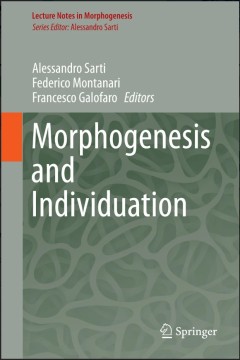
Morphogenesis and Individuation
This contributed volume aims to reconsider the concept of individuation, clarifying its articulation with respect to contemporary problems in perceptual, neural, developmental, semiotic and social morphogenesis. The authors approach the ontogenetical issue by taking into account the morphogenetic process, involving the concept of individuation proposed by Gilbert Simondon and Gilles Deleuze. Th…
- Edition
- 1
- ISBN/ISSN
- 2195-1934
- Collation
- -
- Series Title
- Lecture Notes in Morphogenesis
- Call Number
- -
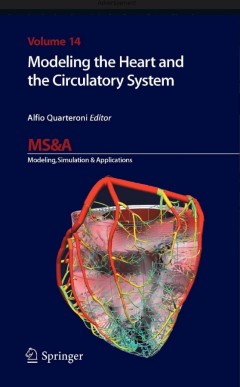
Modeling the Heart and the Circulatory System
The book comprises contributions by some of the most respected scientists in the field of mathematical modeling and numerical simulation of the human cardiocirculatory system. The contributions cover a wide range of topics, from the preprocessing of clinical data to the development of mathematical equations, their numerical solution, and both in-vivo and in-vitro validation. They discuss the fl…
- Edition
- 1
- ISBN/ISSN
- 978-3-319-05229-8
- Collation
- XIV, 238
- Series Title
- MS&A
- Call Number
- -

The Th2 Type Immune Response in Health and Disease From Host Defense and All…
The type 2 immune response that develops during infectious disease has undergone major paradigm shifts in the last several years as new cell types and pathways have been identified. It is now clear that the type 2 immune response, characterized by elevations in specific cytokines, including IL-4, IL-5 and IL-13, is associated with helminth infections in both humans and mice. This response is co…
- Edition
- -
- ISBN/ISSN
- 978-1-4939-2911-5
- Collation
- -
- Series Title
- -
- Call Number
- -
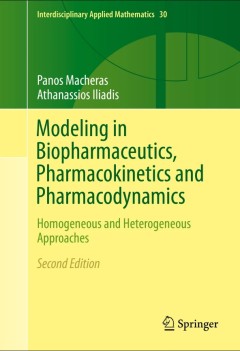
Modeling in Biopharmaceutics, Pharmacokinetics and Pharmacodynamics
The state of the art in Biopharmaceutics, Pharmacokinetics, and Pharmacodynamics Modeling is presented in this new second edition book. It shows how advanced physical and mathematical methods can expand classical models in order to cover heterogeneous drug-biological processes and therapeutic effects in the body.The book is divided into four parts; the first deals with the fundamental principle…
- Edition
- 2
- ISBN/ISSN
- 978-3-319-27596-3
- Collation
- XXII, 483
- Series Title
- Interdisciplinary Applied Mathematics
- Call Number
- -
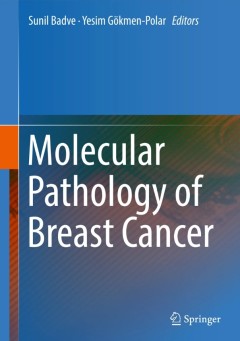
Molecular Pathology of Breast Cancer
The complex landscape of breast cancer requires distinct strategies for the management of various molecular subtypes of this disease. Rapid advances in the field of molecular biology have been bewildering for those involved in its study and management. “Molecular Pathology of Breast Cancer” aims to close this knowledge gap by discussing comprehensively the evolution, biological basis and cl…
- Edition
- 1
- ISBN/ISSN
- 978-3-319-41759-2
- Collation
- VIII, 428
- Series Title
- -
- Call Number
- -
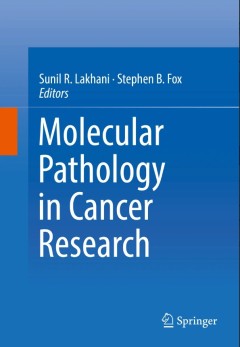
Molecular Pathology in Cancer Research
Cancer Biology, Medical Genetics, Cell Biology, Protein Biochemistry, Molecular Genetics
- Edition
- 1
- ISBN/ISSN
- 978-1-4939-6641-7
- Collation
- VIII, 369
- Series Title
- -
- Call Number
- -

Molecular Parasitology
In the past years, genome projects for numerous human parasites have been completed and now allow first in depth comparisons and evolutionary conclusions. The genomes of parasites reflect the coevolution with their host, metabolic capacities depending on their respective habitat in the host. Gut parasites usually have an anaerobic metabolism, while blood parasites have an aerobic metabolism, in…
- Edition
- 1
- ISBN/ISSN
- 978-3-7091-1415-5
- Collation
- IX, 547
- Series Title
- -
- Call Number
- -
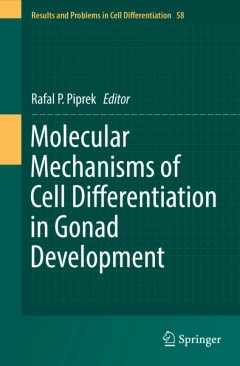
Molecular Mechanisms of Cell Differentiation in Gonad Development
This book presents the current state of knowledge on the origin and differentiation of cell lines involved in the development of the vertebrate male and female gonads with particular emphasis on the mouse. It also discusses the processes leading to the testis- and ovary-specific structures and functions. The individual chapters review the origin and differentiation of the somatic cells of th…
- Edition
- 1
- ISBN/ISSN
- 978-3-319-31971-1
- Collation
- XII, 434
- Series Title
- Results and Problems in Cell Differentiation
- Call Number
- -
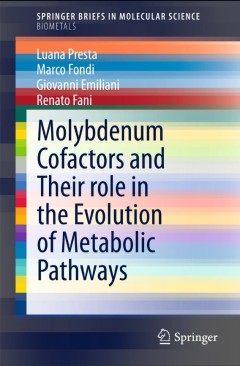
Molybdenum Cofactors and Their role in the Evolution of Metabolic Pathways
In this brief, the authors explore and review the current knowledge regarding the role of molybdenum in the evolution of biological systems and their interaction with biogeochemical cycles. Special emphasis is placed on biological nitrogen fixation and the nitrogen element cycle. The origin and evolution of molybdenum cofactor biosynthetic pathways as well as the evolutionary significance of…
- Edition
- 1
- ISBN/ISSN
- 978-94-017-9971-3
- Collation
- VI, 75
- Series Title
- SpringerBriefs in Molecular Science
- Call Number
- -

The Smoothened Receptor in Cancer and Regenerative Medicine
Medicinal chemistry is both science and art. The science of medicinal chemistry offers mankind one of its best hopes for improving the quality of life. The art of medicinal chemistry continues to challenge its practitioners with the need for both intuition and experience to discover new drugs. Hence sharing the experience of drug research is uniquely beneficial to the field of medicinal chemist…
- Edition
- -
- ISBN/ISSN
- 978-3-319-19755-5
- Collation
- -
- Series Title
- -
- Call Number
- -
 Computer Science, Information & General Works
Computer Science, Information & General Works  Philosophy & Psychology
Philosophy & Psychology  Religion
Religion  Social Sciences
Social Sciences  Language
Language  Pure Science
Pure Science  Applied Sciences
Applied Sciences  Art & Recreation
Art & Recreation  Literature
Literature  History & Geography
History & Geography